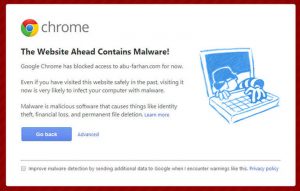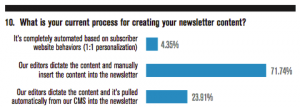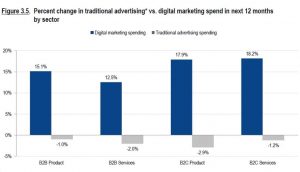You’re probably involved in a lot of different projects as an agency owner or marketing team leader. You oversee the entire team, ensuring smooth processes and satisfied clients. But if you get too bogged down in the weeds — and the strategy — of each campaign, you become a bottleneck that prevents team members from doing their jobs.
Herein lies one of the biggest issues that any agency owner encounters. Agency owners sometimes believe they’re the only person who can develop strategies for clients or new business pitches. Shouldering that responsibility comes with a host of problems, the most significant being that it prevents you from doing your actual job!
Maybe you do feel like you — and you alone — are the only person in the company capable of crafting strategies. Perhaps you believe that only you can dig deep, ask the right questions, and ultimately connect the dots.
But what if I told you that strategic thinking is a mindset that any workplace can nurture and regularly deploy? Your agency is likely brimming with big-picture thinkers, so don’t try to do it by yourself. Instead, teach and empower your team to answer strategy questions as they arise.
Relying on Your Team
With 90% of CEOs predicting their companies will change more in the next five years than the past five, it’s critical to keep a strategy-first mindset. This kind of thinking can no longer be assigned to your go-to “strategy” person or team. Instead, strategic thinking needs to be a companywide initiative — from C-suite executives to entry-level employees.
Everyone’s relationship with strategy is different; there’s no one right way to democratize strategic thinking. Every employee should support the agency’s culture and strategy, but how that occurs is contingent on the individual roles and strengths brought to the table. The objective should be for every person on the team to feel empowered enough to approach every part of the creative process strategically and consider the “why” behind every choice they make for clients.
Think about it: The best agency team members you’ve worked with are intuitive. They might not be writing briefs, but they’re regularly collecting insights and finding solutions. The more you can facilitate problem-solving and outside-the-box thinking within your team, the better they’ll be able to think and strategize intuitively.
Clients want to know that your team bases its recommendations on both experience and expertise; they’re looking for a proposed approach that’s backed by reason. These things come with exposure and practice, so it’s essential to give your team all the guidance necessary to think and act strategically.
Empowering Strategic Thinkers
Ready to start infusing your agency with a strategy-focused approach? Below are three tactical steps to help you cultivate an environment of strategic thinking:
1. Create a plan and stick to it.
We’re getting deep here. Like any good strategy, your approach to creating strategic thinking must have a solid plan! Create a road map for this endeavor just as you would for any other large project. Break down exactly how you will provide the training and experience necessary to help your people think strategically. As much as you can, involve them in meetings where high-level, strategic discussions are already happening.
As they shadow you and other leaders, teach your employees to segment plans into three phases: foundational, campaign, and “did it work?” The first phase is about laying solid groundwork for your campaign, the second is about executing it, and the third is about evaluating results and pivoting as needed. The more your team can learn to ask why and continually receive and implement feedback, the better.
2. Throw out perfection.
The saying “perfection is the enemy of good” exists for a reason. Striving for perfection is the quickest way to stuck or stalled projects. Some agencies get paralyzed trying to perfect their strategy when it would have almost been better to have jumped in without one. Instead, strive for a happy medium by building a solid strategic framework that you’re comfortable adjusting as needed.
Let’s say you’ve been in business for 10 years but have always had informal strategies. So, you decide to formalize and systematize them. This can change your agency’s culture, especially when you’re waiting on final answers from strategic consultants, etc. If your agency is used to being in “go” mode and executing the second it has its marching orders, it can be disheartening for your employees to feel like they have to wait for word on strategic direction from above.
3. Hone your storytelling skills.
Storytelling is one of the oldest and most powerful tools in the world. And there’s a reason it has stood the test of time. The ability to draw people into the story is invaluable when selling a strategy to clients.
In every agency where I’ve worked, the people are natural storytellers. Encourage your team to cultivate and sharpen this innate ability whenever possible. Remind them that you’re always selling to clients (e.g., your services, brand, and credibility), and make it clear that there’s no better way to strengthen and reiterate that message than through storytelling.
It’s easy to start thinking that you, as the owner, are the keeper of your agency’s strategy. But if you feel the pressure that accompanies being a bottleneck, the onus is on you to inject that strategic mindset into the rest of your agency. The more you can bake that type of thinking into your culture, the more everyone benefits.
Business & Finance Articles on Business 2 Community
(45)






